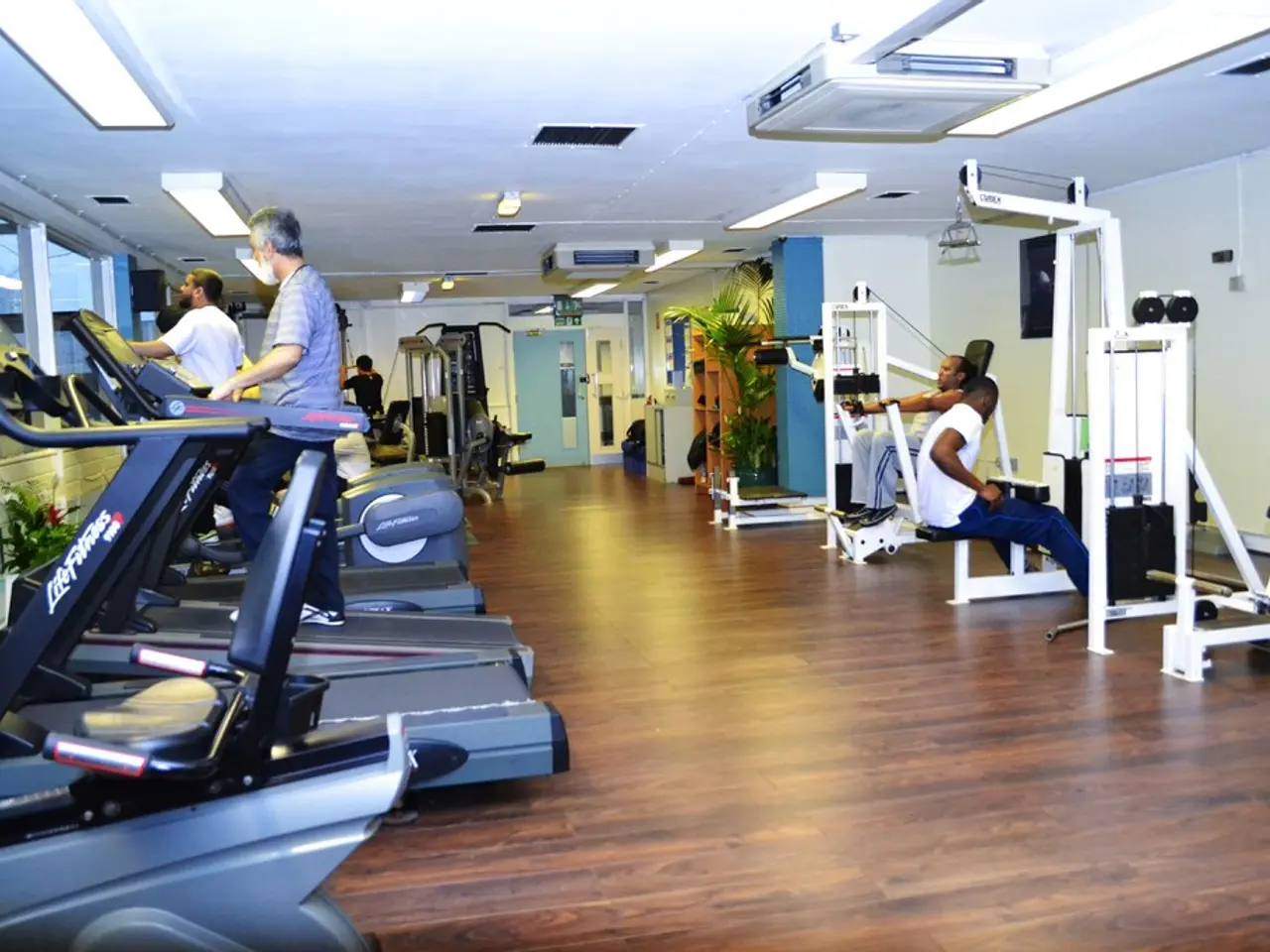Enhance your strolls into comprehensive physical workouts
Improve Your Walking Mechanics for Better Health and Posture
Walking is a simple and accessible form of exercise that offers numerous physiological and mental health benefits. However, adopting proper walking mechanics can significantly enhance these benefits and reduce the risk of negative consequences. Here are some key elements to consider for better posture, reduced stress, and improved health during your walks.
Maintain an Upright Posture
An upright posture with a straight back, relaxed shoulders, and your head aligned with your spine is essential for supporting spinal health and preventing back pain related to poor gait mechanics.
Engage Your Core Muscles
Engaging your core muscles helps stabilize your trunk and maintain balance during walking, supporting good posture and efficient movement.
Land with a Heel-to-Toe Motion
Landing with a heel-to-toe motion, rolling from the heel on initial contact through to the toes for push-off, helps distribute forces evenly and powers efficient forward movement.
Use a Natural Stride Length
Avoid overstriding or short stepping, and keep an even stride with weight distributed evenly between both legs to reduce stress on joints and muscles.
Swing Your Arms Comfortably
Swinging your arms with a gentle bend at the elbows helps maintain rhythm and aid momentum, enhancing overall walking efficiency and calorie burn.
Practice Mindful Walking
Paying attention to your gait and making adjustments as necessary can help ensure balance and reduce compensatory patterns that might cause discomfort or injury.
Incorporate Interval Walking
Alternating between fast-paced power walking and moderate recovery pace can increase cardiovascular benefits and calorie expenditure.
Prepare Before Your Walk
Do a few mobility exercises before your walk, such as ankle circles, step-back lunges, and windmill twists, to prepare muscles, improve joint range of motion, and reduce tension.
Assess Your Walking Mechanics
Observing your movement and posture from the side and behind while walking at a normal speed can help assess walking mechanics. Excessive wear on one side of shoes or more wear on one shoe than the other can indicate an imbalanced foot strike or gait asymmetry.
Dana Santas, a certified strength and conditioning specialist and mind-body coach in professional sports, recommends regularly checking and tuning up your walk to ensure proper foot strike, core engagement, coordinated movement between the rib cage, hips, and arms, and addressing any issues with step length, foot positioning, upper body mechanics, breathing patterns, and posture.
For a guide to ease into a healthy routine backed by experts, sign up for CNN's Fitness, But Better newsletter series. By adopting these proper walking mechanics, you can promote better posture, reduce stress, and boost health through improved walking efficiency and increased physical activity intensity.
Investing in health and wellness through better walking mechanics can significantly contribute to a science-backed fitness-and-exercise routine. By maintaining an upright posture, engaging your core muscles, using a natural stride length, and landing with a heel-to-toe motion, you can promote better posture, reduce stress, and boost overall health during walks.




